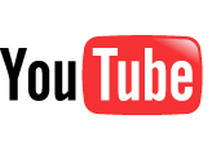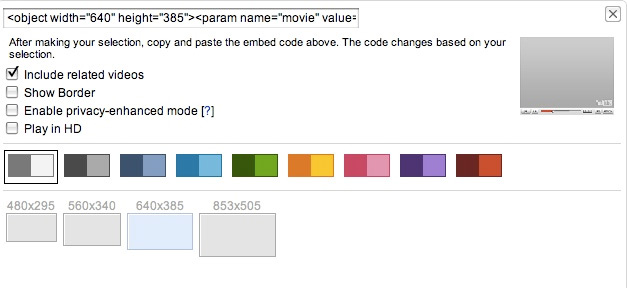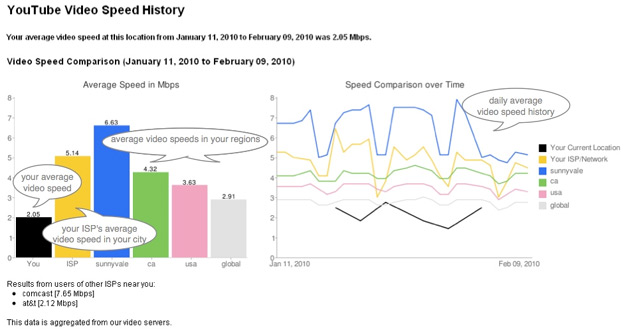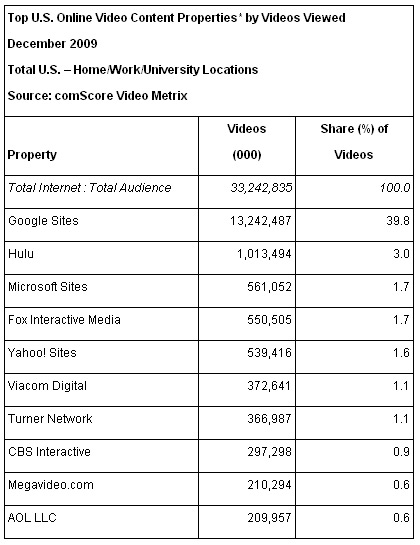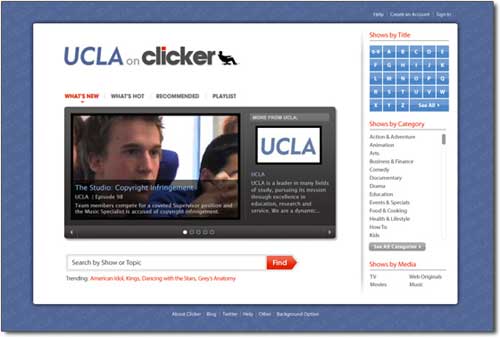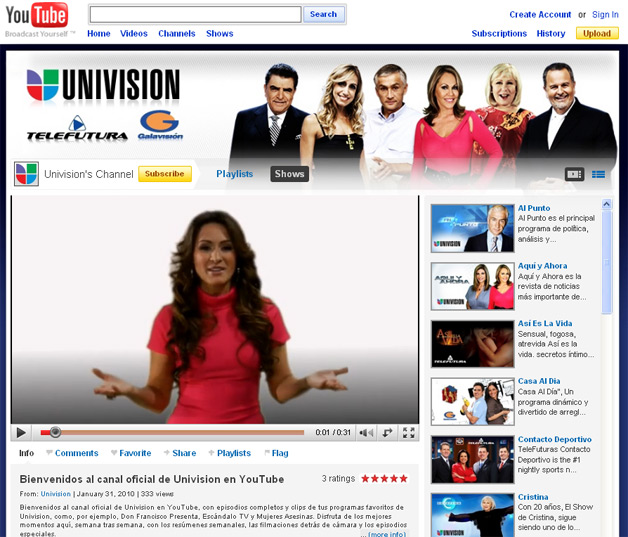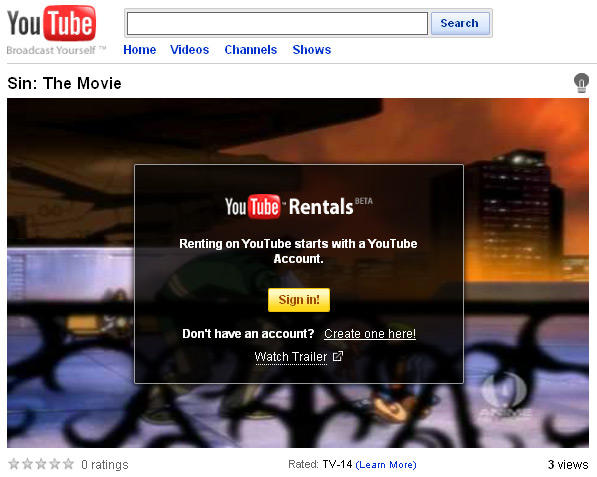On Friday, YouTube started a movie rental experiment involving five motion pictures from the 2009 and 2010 Sundance Film Festivals. Now, although the trial run is several days away from being over, it’s starting to look like the word "failure" will have to be applied.
Ryan Lawler took a look at how many views each of the Sundance videos had chalked up as of last night. The totals were sad, with Bass Ackwards, Homewrecker, The Cove, Children of Invention, and One Too Many Mornings receiving 308, 308, 303, 301, and 250 views, respectively.
This indicates an almost extreme disinterest on the part of YouTube users; lots of random clips that haven’t been mentioned on the YouTube Blog and in various places all over the Web attract more viewers.
There could be a few valid excuses for these numbers, however. First is the simple idea of the view counters getting stuck, and of the five videos, YouTube’s only indicating that one has received additional views since Lawler performed his analysis, so this is a real possibility.
The second issue relates to YouTube’s country restrictions. In response to the YouTube Blog post announcing the movie rentals, several commenters have complained about geographic blocks, so there may be a sizable international audience that’s been shut out.
Finally, it’s possible that the movies are just bad (at least by YouTube users’ standards). Ratings have been disabled for two of the films, and the other three are averaging roughly two out of five stars.
This last explanation wouldn’t salvage the current experiment, of course, but it might be that the general concept of renting movies through YouTube hasn’t quite run into a brick wall.
UPDATE: A YouTube representative was good enough to reach out to WPN and offer the site’s perspective on the rental experiment. He stated, "[T]hese are independent films, not Hollywood blockbusters and both you and Ryan seem to be judging them on Hollywood standards. The vast majority of independent films created every year don’t find an audience. Our goal with rolling out the Rentals offering at Sundance was to give these filmmakers to find that audience, regardless of size."
The representative then supplied a few interesting statistics. He wrote, "Out of the of the roughly 9000 films that were submitted to Sundance in 2009, about 53 of them found some form of distribution. . . . Attendance for films like these at Sundance averages around 500 people. With YouTube they’ve increased that exposure by about 60%. I’d say that’s a stat we can all be proud of."
Related Articles:
> Hulu (Again) Considers Monthly Fee
> Will YouTube Be The Place To Rent Movies?
> Barclays Analyst Predicts YouTube Profitability
